Building an Educational Wildlife Garden
geoffc
17 years ago
Related Stories

GARDENING FOR BUTTERFLIESGarden for Wildlife to Reap Rich Rewards
When you plant with animals and insects in mind, you make gardening easier, the planet healthier and yourself more present
Full Story
GARDENING GUIDES6 Plants That Beat Butterfly Bush for the Wildlife Draw
It's invasive, a nonnative and a poor insect magnet. Check out these better alternatives to butterfly bush in the garden
Full Story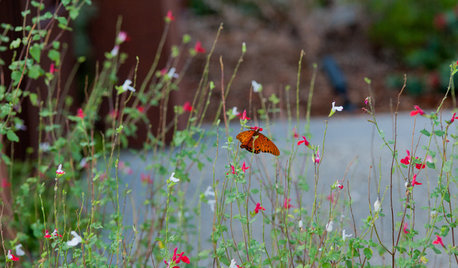
EARTH DAYCreate a Container Wildlife Habitat for Hummingbirds and Butterflies
Don’t let limited space prevent you from welcoming wildlife into your garden
Full Story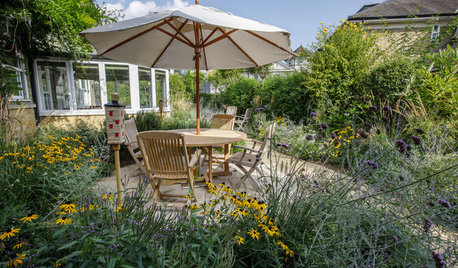
LANDSCAPE DESIGN4 Tips for Creating a Small Garden That Welcomes Wildlife
Win over birds, bees, butterflies and neighbors with these design strategies
Full Story
GARDENING GUIDESGreat Design Plant: Silphium Perfoliatum Pleases Wildlife
Cup plant provides structure, cover, food and water to help attract and sustain wildlife in the eastern North American garden
Full Story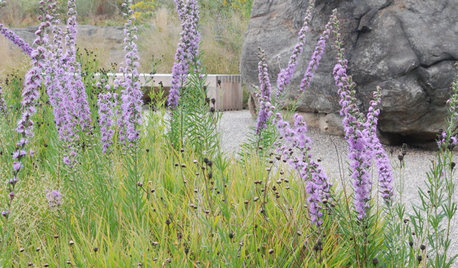
INSPIRING GARDENSNative Plants Inspire and Educate at NYC's Botanical Garden
Stroll through the new Native Plant Garden with us to get great ideas for plant choices and sustainability
Full Story
GARDENING AND LANDSCAPINGBe a Citizen Scientist to Help Wildlife, Learn and Have Fun Too
Track butterflies, study birds, capture stars ... when you aid monitoring efforts, you’re lending Mother Nature a hand
Full Story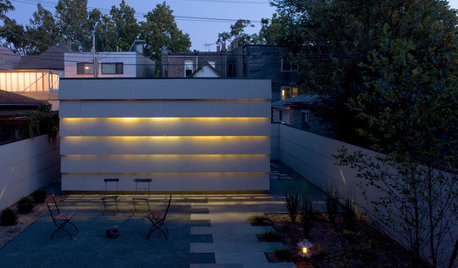
LIGHTINGWildlife-Sensitive Ways to Light a Coastal Landscape
Reduce harm to land and sea creatures by choosing the right light sources and placing them thoughtfully
Full Story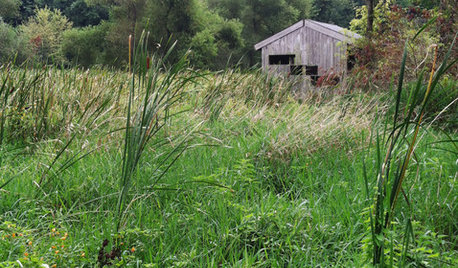
WINDOWSOpen a View to Your Backyard's Wildlife
Enjoy an eyeful of birds, deer, chipmunks and other creatures with natural outdoor habitats that include a hidden vantage point
Full Story
GARDENING FOR BIRDSWild Birds Transform a Woman’s Garden and Life
How Sharon Sorenson created a wildlife haven and became the Bird Lady of Southern Indiana
Full StorySponsored
More Discussions






loris
knottyceltic
Related Professionals
Chattanooga Landscape Architects & Landscape Designers · Annandale Landscape Contractors · Arlington Landscape Contractors · Edinburg Landscape Contractors · Fort Payne Landscape Contractors · Hannibal Landscape Contractors · Kearny Landscape Contractors · Oklahoma City Landscape Contractors · Severna Park Landscape Contractors · Seymour Landscape Contractors · Vacaville Landscape Contractors · West Haverstraw Landscape Contractors · Winchester Landscape Contractors · York Landscape Contractors · Shady Hills Swimming Pool BuildersgeoffcOriginal Author